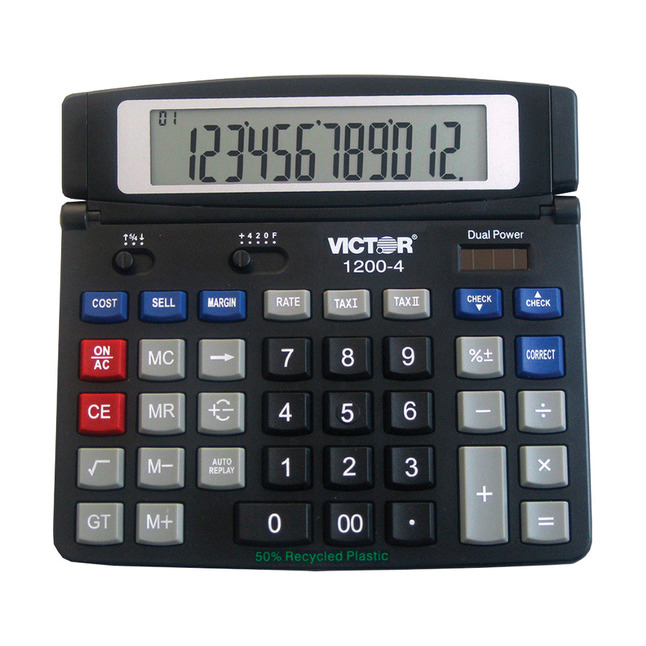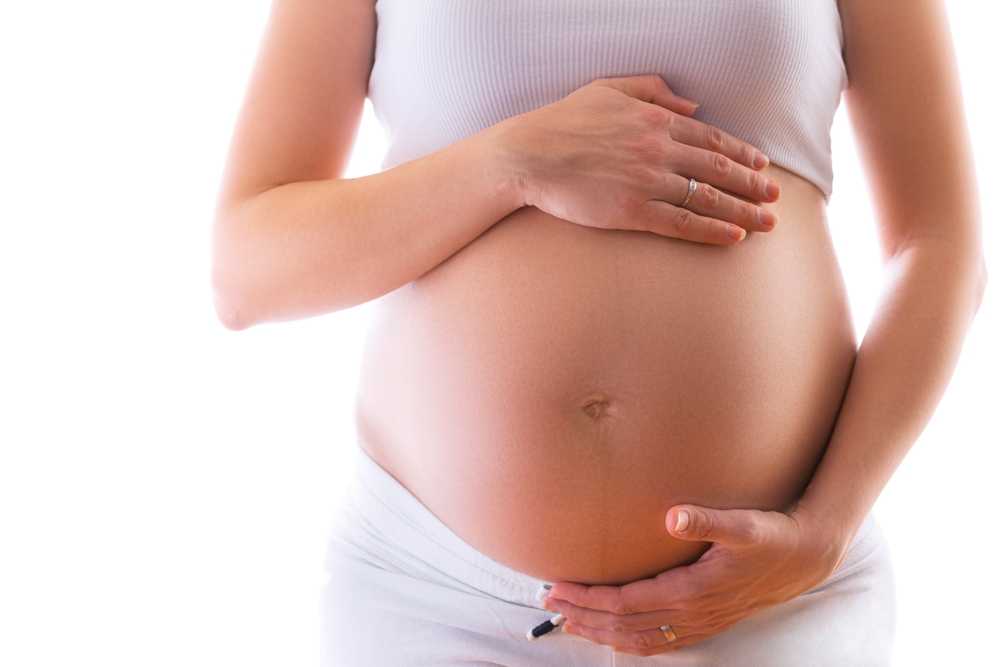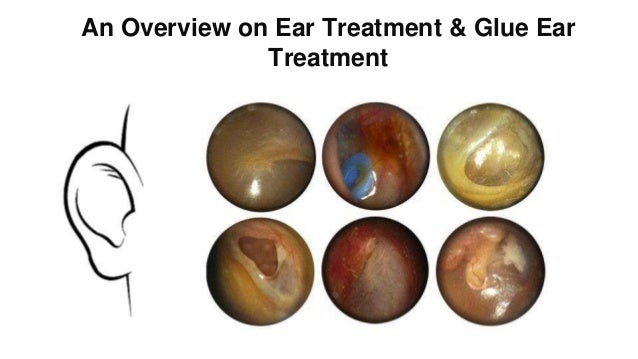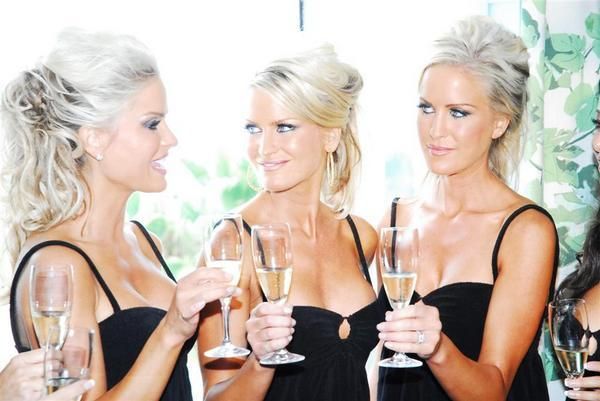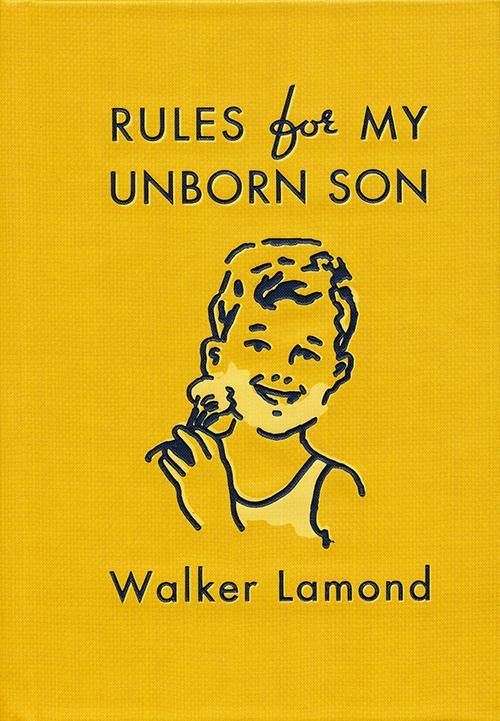Baby due date tracker
Calculate your due date: How to find your baby's due date
Choose a calculation method Last periodConception dateI know my due date
First day of my last period
BabyCenter's Due Date Calculator
Use our pregnancy due date calculator by plugging in either the date of your last menstrual cycle or the date you know you conceived. The calculator will do the rest.
How is my due date calculated?
There are several ways your due date is determined. If you happen to know the day you conceived, you can count 38 weeks from that day to find your due date. (Human gestation takes about 38 weeks.)
But very few expectant moms know exactly when they conceived. Even if you only had sex once during your fertile period, you wouldn't conceive on that day unless you happen to be ovulating. Sperm can live for up to five days inside your fallopian tubes. So, it could be up to five days after you have sex that you release an egg (ovulate) and it gets fertilized by a waiting sperm. That's the day you conceive.
So, without knowing the day of conception, how does anyone determine a due date?
First day of your last period
The most common way to calculate your pregnancy due date is by counting 40 weeks from the first day of your last menstrual period (LMP). And that's how most healthcare providers do it.
If your menstrual cycle length is the average length (28-day cycle), your menstrual cycle probably started about two weeks before you conceived. This explains why pregnancies are said to last 40 weeks instead of 38 weeks.
This method doesn't take into account how long your menstrual cycle actually is or when you think you might have conceived. But generally speaking, women typically ovulate about two weeks after their menstrual cycle starts. And women are more likely to know when their last period started than the day they ovulated.
Conception date
If you do happen to know precisely when you conceived – say, if you were using an ovulation predictor kit or tracking your ovulation symptoms – you can calculate your pregnancy due date based on your conception date. Just choose that calculation method from the pulldown above and put in your date.
Just choose that calculation method from the pulldown above and put in your date.
Note: Again, you don't necessarily conceive on the day you have sex.
IVF transfer date
If you conceived through IVF, you can calculate your due date using your IVF transfer date. If you had a Day 5 embryo transfer, count 261 days from your transfer date. If you had a Day 3 embryo transfer, count 263 days.
Can my due date change?
Your healthcare provider might revise your due date if your baby is measured during a first trimester ultrasound scan and found to be much bigger or smaller than expected for gestational age. This is more likely to happen if you have an irregular menstrual cycle length that makes it hard to pinpoint the date of conception.
Your healthcare provider will measure your baby during that ultrasound exam to figure out how far along your baby is and then provide you with a new due date.
What if I already know my due date?
If you already know your due date, you can use this calculator to see your pregnancy timeline.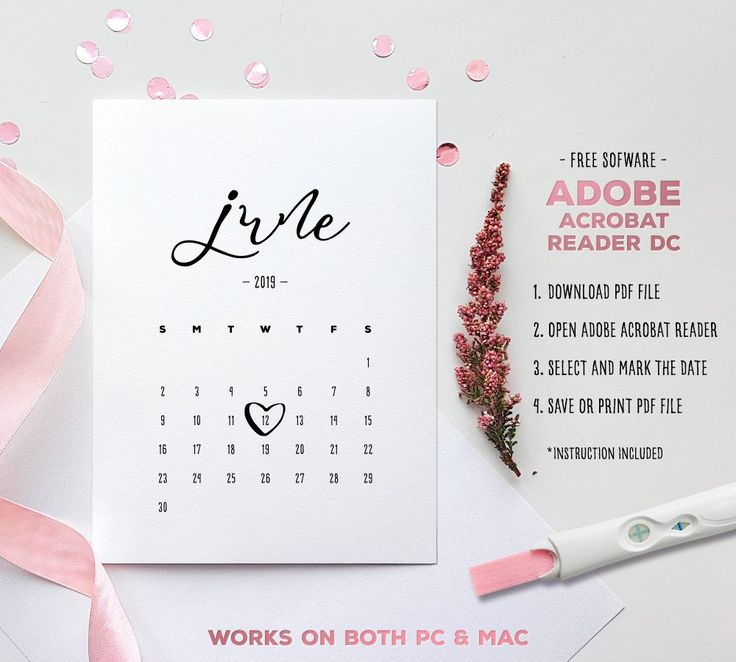 It will tell you when you'll hit various milestones, and when you may be due for prenatal tests and prenatal visits. You'll also find what your baby's sign and birthstone will probably be and which famous people were born on your due date.
It will tell you when you'll hit various milestones, and when you may be due for prenatal tests and prenatal visits. You'll also find what your baby's sign and birthstone will probably be and which famous people were born on your due date.
How likely am I to give birth on my due date?
Of course, a due date calculation is always approximate, whether it's from our tool or from your doctor or midwife. Only 1 in 20 women delivers on their due date. You're just as likely to go into labor any day during the two weeks before or after.
Want more information about how the weeks, months, and trimesters of pregnancy are counted? See our pregnancy timing chart.
How soon can I take a pregnancy test?
With all this talk about pregnancy due dates, you may be wondering when you can take a pregnancy test. To ensure you get the most accurate reading, it's best to wait a few days after your missed period to take a pregnancy test.
At-home urine tests measure the amount of hCG (human Chorionic Gonadotropin) present in your body. If you take a pregnancy test before you miss your period, you may not get an accurate result, despite what some tests advertise.
If you take a pregnancy test before you miss your period, you may not get an accurate result, despite what some tests advertise.
If you're getting a blood test in your provider's office, you may get results sooner. These tests also measure the amount of hCG in your bloodstream, but they're more sensitive than at-home urine tests. Blood tests may be able to detect pregnancy six to eight days after ovulation.
Read more
- Your pregnancy, week by week
- Your first trimester pregnancy checklist
- Pregnancy Weight Gain Calculator
- Ovulation Calculator
- See all tools
When does a baby have a heartbeat? When you can hear or see the heartbeat.
You may be able to see the beating of cells in the heart tube for the first time when you're about 6 weeks pregnant if you have an early ultrasound exam.
If you don't have a first-trimester ultrasound, you'll probably first hear your baby's heart with a handheld Doppler at a regular prenatal visit.
Your caregiver may be able to find cardiac activity with a handheld Doppler as early as 10 weeks, but the timing depends on a number of factors, including the position of your uterus, your belly shape, and how full (or empty) your bladder is.
When does a baby have a heartbeat?
At 5 to 6 weeks of pregnancy, there's a flickering of cells within the embryo's torso. This flickering is the developing heart tube.
At this point, the heart isn't the four-chambered organ we're familiar with. It's a tube-shaped structure that has a lot of developing to do. The heart tube bends and twists to eventually form the heart, including its chambers.
Because the heart isn't yet developed, the American College of Obstetrics and Gynecologists (ACOG) defines this movement as "cardiac activity" rather than a heartbeat.
"What pregnant people may hear or see is the ultrasound machine translating electronic impulses that signify fetal cardiac activity into the sound that we recognize as a heartbeat," ACOG states. The group recommends waiting until the heart is fully formed before using the term "heartbeat."
The group recommends waiting until the heart is fully formed before using the term "heartbeat."
A baby's heart is one of the first structures to form, because it's needed to deliver oxygenated blood and nutrients to other developing organs.
Some of the important steps in heart development are:
- The heart tube twists and bends into an S shape, and the bottom of the tube moves up to form the two upper heart chambers (atria).
- The middle of the tube forms the two lower chambers (ventricles).
- Walls form to divide the chambers, each with an entrance and exit for blood flow.
- Valves form between the ventricles and the aorta (large blood vessel) and pulmonary artery.
- At about 10 weeks to 12 weeks, the heart is formed.
- Small blood vessels form and fill with blood.
- At birth, the opening between the two atria closes. Your baby is now getting oxygen from their lungs and not from the placenta.
What does a fetal heartbeat sound like?
Many women say that the beating of their baby's tiny heart sounds like galloping horses. The embryonic and fetal heartbeat is fast, about 110 to 160 beats per minutes.
The embryonic and fetal heartbeat is fast, about 110 to 160 beats per minutes.
If you hear a whooshing noise, that's not the heartbeat – it's probably because of movement or the monitor traveling past your placenta. Also, if you hear two heartbeats, don't assume you're having twins. You're likely hearing your own heartbeat in the background.
If the heart rate of the embryo or fetus is healthy, it's a sign that development is progressing normally. The chances of a miscarriage once you see or hear a heartbeat are less than 10 percent (at 6 weeks) and less than 1 percent at 9 weeks.
What if my provider can't detect a heartbeat?
If your doctor or midwife doesn't find your baby's heartbeat on your first-trimester ultrasound right away, it could be because:
- It's too early in your pregnancy. Your due date may be off. (This can happen, especially if your menstrual cycle was irregular.) Your provider will schedule another visit in a week or two.
- You have a retroverted uterus.
 Because of the position of your uterus, the baby can be just a little further away and harder to detect.
Because of the position of your uterus, the baby can be just a little further away and harder to detect. - You're overweight. Extra padding between the ultrasound wand and the baby may make it harder to detect the heartbeat.
- Miscarriage. If there's no heartbeat when expected (and ultrasound measurements confirm the age) or if cardiac activity was detected and now isn't, this may be a sign of miscarriage.
- Ectopic pregnancy. In this case, an ultrasound wouldn't pick up heart motion in the uterus because there's no embryo there. Although ectopic pregnancies are never viable, they can sometimes develop enough to have heart motion. An ectopic pregnancy is a surgical emergency that can be fatal if not treated quickly.
How will I usually hear my baby's heartbeat?
Your provider will check your baby's heart rate with a fetal Doppler (a handheld ultrasound monitor) at each prenatal visit after about 10 weeks.
The procedure is completely painless.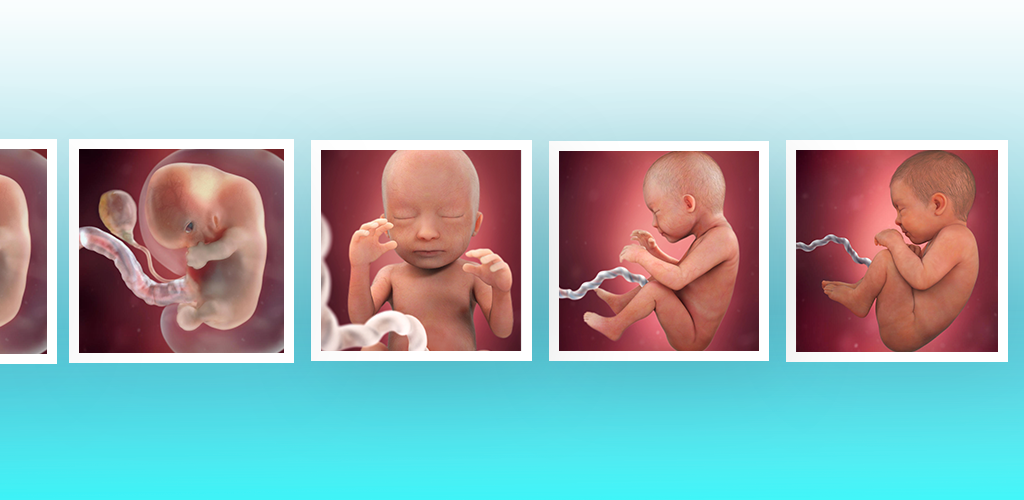 Your doctor or midwife will cover the device with ultrasound gel and move it around on your belly until they find a spot where the heartbeat can be detected. The Doppler sends and receives sound waves that safely bounce off your insides, including your baby's heart. The returning sound waves are processed and amplified by the device so you and your provider can hear the heartbeat.
Your doctor or midwife will cover the device with ultrasound gel and move it around on your belly until they find a spot where the heartbeat can be detected. The Doppler sends and receives sound waves that safely bounce off your insides, including your baby's heart. The returning sound waves are processed and amplified by the device so you and your provider can hear the heartbeat.
You can rent or buy a Doppler for home use. However, some experts think a home Doppler isn't a good idea.
That's because it can take considerable training and practice to find and correctly identify a baby's heartbeat. You may not be able to hear the heartbeat – not because of an issue with your baby, but due to user error. It's also possible to hear the sound of blood flowing through the placenta or your own blood vessels and mistake it for a heartbeat.
There are better ways to monitor your baby, such as paying attention to your baby's movements and attending all of your prenatal appointments.
Learn more:
- When will my pregnancy start to show?
- Pregnancy in weeks, months, and trimesters
advertisement | page continues below
Baby Growth Tracker
on the App StoreDescription
Record several measurements of children's weight, height and head circumference and use them to create growth charts from birth to 20 years of age.
Predict growth with free growth forecasting. All percentiles and Z-scores are calculated using the highly accurate LMS method.
Contains WHO, CDC, preterm and combined (WHO-CDC, preterm-WHO) charts and dozens of country-specific charts available with the Pro upgrade.
Easily export and import data using CSV files, or use the built-in cloud backup to sync data between devices and share it with other users.
Visit our webpage for FAQs, a video user guide, detailed information on percentiles, CSV import/export, and more.
Functions:
* Supports mixing units of lb, oz, ft, inch, g, kg and cm
* Record measurements for unlimited children (local storage) or up to four children with cloud backup
* Optional cloud backup to sync between devices or share with other users
* Graphs of age versus weight, age versus height, age versus head circumference, age and BMI and weight from height
* Show percentiles or Z-scores in charts and tables
* Customize the chart with different line colors
* Combo charts allow one chart to be used for common transition points (Preterm-WHO, WHO-CDC)
* Predict children's height to full curve
* Display percentiles using real age (based on date of birth) or adjusted age (based on due date delivery) for preterm babies
* Compare multiple babies in the same area
* Click on the dots on the charts to see exact percentiles or easily create a percentile table for all measurements
* Easily share or save chart images or reports as PDF (PDF files only in Pro version)
* Export and import measurements to CSV files
* Set up a child list with a photo of each child
This application does not diagnose or replace advice from a qualified healthcare professional. If you have medical concerns about your child, do not ignore or delay discussing them with a qualified healthcare professional.
If you have medical concerns about your child, do not ignore or delay discussing them with a qualified healthcare professional.
Version 2022.10
* Fixed bugs for iOS 16.1.
Ratings and reviews
Ratings: 94
date of birth error
Unable to enter date of birth. Please fix error
Thank you for reporting this. This should be fixed in the latest release, but if it's not, email [email protected] for more help.
Application won't open
Unable to open the application in the latest version.
How not to lose the previously entered data?
The developer of ABQ App Source, LLC has indicated that, in accordance with the application's privacy policy, data may be processed as described below. Detailed information is available in the developer's privacy policy.
Data used for tracking information
The following data may be used to track user information in apps and websites owned by other companies:
- Identifiers
- Usage data
Related with user data
The following data may be collected, which is related to the user's identity:
- Health & Fitness
- Contact details
- Identifiers
- Usage data
- Confidential Data
Unrelated with user data
The following data may be collected, which is not related to the user's identity:
- Identifiers
- Usage data
- Diagnostics
Sensitive Data may be used differently depending on your age, features involved, or other factors.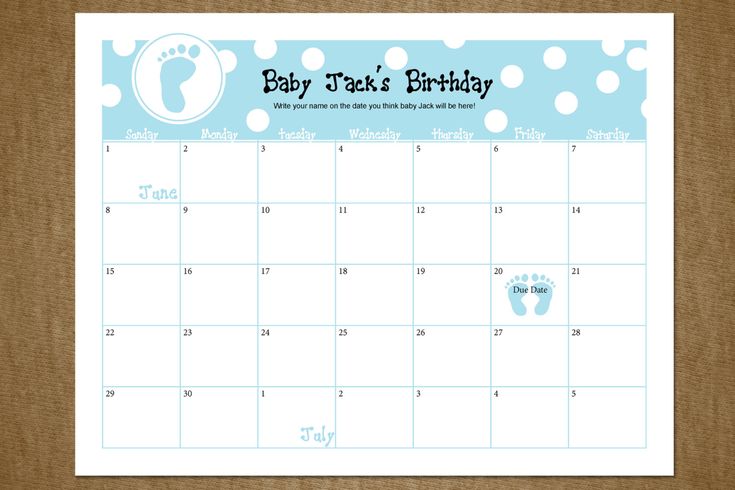 More
More
Information
- Provider
- ABQ App Source LLC
- Size
- 53.2 MB
- Category
- Health & Fitness
- Age
- 17+ A large/significant amount of medical or medical topics
- Copyright
- © 2021 ABQ App Source, LLC
- Price
- Free
- Developer site
- Application Support
- Privacy Policy
You may like
with calendars, weekly tracking, contractions, paid and free
The BMC Pregnancy and Childbirth study found that women during pregnancy are more likely to want to know about their condition here and now. We have collected 9 applications in this material that will help answer important questions: does the child move enough during the day, what stage of development is the baby going through now and when is it time to go to the hospital.
We have collected 9 applications in this material that will help answer important questions: does the child move enough during the day, what stage of development is the baby going through now and when is it time to go to the hospital.
amma: Pregnancy & Baby Tracker
Allows the expectant mother to record weight and mood, as well as follow the development of the fetus by week. There is a counter of contractions and movements - data can be sent to the doctor directly from the application
Download: iOS - free, subscription from 169 R per month. Android - free, paid content from R55
Pregnancy +
Shows exactly how the fetus looks in each week of pregnancy. There is a push and pull counter. You can store ultrasound images in memory
Download: iOS - free, premium content from £379 Android - free, premium content from £99 After giving birth, the application generates a PDF report with records of sensations and photos of the baby
Download: iOS - free, paid content 179 R once.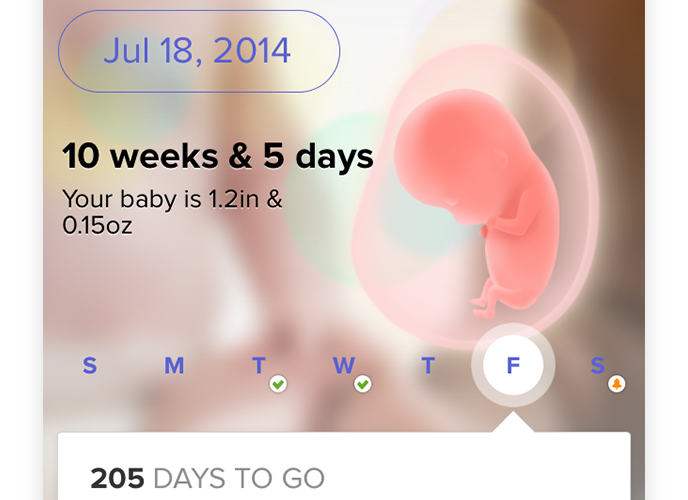 Android - free, paid content from R199
Android - free, paid content from R199
Pregnancy • Sprout
3D baby development app: you can see from all angles what your baby looks like in any given week. There is a calendar of doctor visits, lists of things to the hospital and for the first time, and much more
Download: iOS - free, premium 749 R once. Android - free
due date
Application for quick calculation of gestational age and due date by various methods. In the latest release, the developers added the calculation of the start of maternity leave
Download: Android - Free
Baby Heart Rate
A unique app that allows you to listen to your baby's heartbeat by simply holding your iPhone to your stomach. There is a sound recording function, the ability to save the recording and share the file on social networks. Video workouts are selected taking into account the trimester of pregnancy. There are 9 exercises performance statistics0011
There are 9 exercises performance statistics0011
Download: iOS — free
Contraction counter
The tracker will help a woman to distinguish real contractions from training ones and tell you when it's time to go to the hospital. The application has an intuitive interface and a pleasant design
Download: iOS - free, subscription 279 R once. Android - free, full version 15 Р one time
Tips for "pregnant" dads
The application sends the future dad daily information about changes in the body of a pregnant woman and advice on how to mentally prepare for childbirth
Download: iOS - free, version without ads 179 Р once
📩 All about parenting and children
Every week we send letters for future and real parents. We talk about the financial side of parenthood and how not to go broke on a child
Prices are valid at the time of publication
What else to read if you are expecting a baby:
1.
